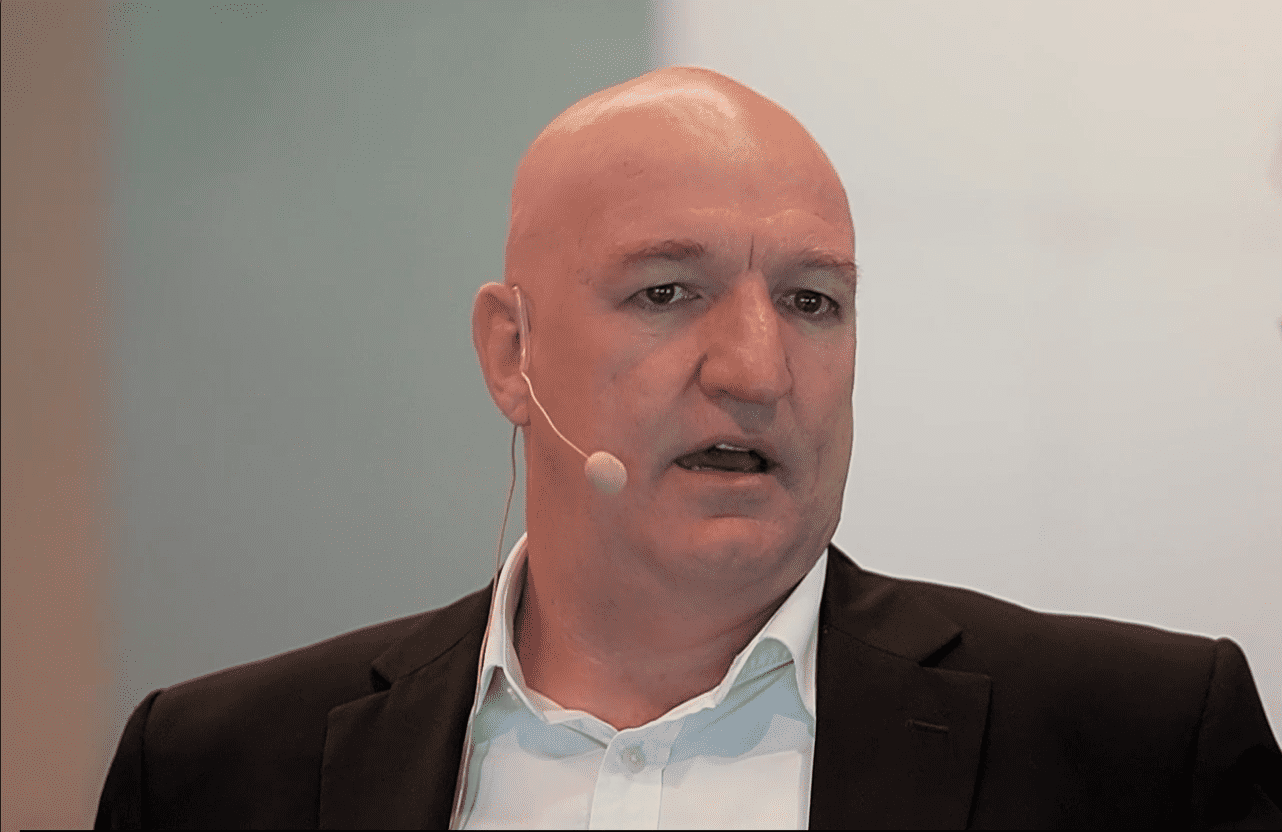Imagine waking up without the need to rush to work, having the freedom to spend your days as you wish, and pursuing passions that bring you joy.
This dream of early retirement has become increasingly popular, spurred by the Financial Independence, Retire Early (FIRE) movement. The FIRE movement is gaining traction as more people seek to take control of their financial future and achieve retirement well before the traditional age of 60 plus.
But how much money do you really need to make this dream a reality?
Average spending in retirement
One of the first questions that comes to mind when planning for retirement is how much money you need to cover daily living costs. The answer can vary depending on your lifestyle and neighbourhood, but the Association of Superannuation Funds of Australia (ASFA) provides a general guide.
According to ASFA's latest report, published in March 2024, an individual will need around $51,630 per year to live comfortably in Australia, and this figure rises to $72,660 for a couple. This amount is based on maintaining a good standard of living and being able to afford occasional luxuries, including dining out, domestic travel, an international trip once every seven years, and leisure activities.
If you consider yourself a frugal person, you can benchmark modest lifestyle budgets. In the same report, ASFA advises that a single person with a modest lifestyle needs to spend $32,915 a year, while a couple would want to spend $47,387 a year.
The above figures are based on retired people aged 65 to 84. They assume no dependent child is in the household, that the retirees own their own home, and that the figures relate to household expenditures.
However, these figures are just a starting point. The actual amount you need can vary based on personal lifestyle choices, healthcare needs, and other individual factors. It's essential to assess your own retirement goals and consider how much you'll need to support your desired lifestyle in retirement.
The 4% rule
Once the spending requirement is assessed, it's time to think about how to get there.
A common strategy for determining how much money you'll need to retire is the 4% rule. This rule suggests that you can withdraw 4% of your nest egg each year without running out of money. But bear in mind that it is a theoretical exercise rather than a hard-and-fast rule.
The 4% rule is based on historical market performance and assumes a balanced portfolio of stocks and bonds. This approach assumes the investment portfolio can earn more than 4%, adjusting for inflation. That is based on the average annual return over a long period of time, so note there will be year-to-year fluctuations in the market.
Using these two figures, we can estimate a single retired person in Australia needs roughly $1.29 million to continue living comfortably, spending $51,630 per year.
Do we really need that much money to retire?
This appears to be a jaw-dropping number to reach by saving during our working lives. However, remember that this is a hypothetical number, and you can live off the capital gains without needing to work.
There are also other ways to reach your retirement goal, as summarised below.
- Save more through superannuation. As my colleague Tristan explained in this article, superannuation is a tax efficient vehicle for Australians saving for retirement. All workers receive superannuation payments from their employers at 11% of their earnings. Not just that, you can make an additional concessional contribution of up to $30,000 per year, including employer contribution, according to ATO.
- Maximise the benefits of dividend investing using franking credits. The required capital size will reduce if we can increase investment returns. But this has to be achieved without increasing the risk profile of the investment portfolio. One way to consider is investing your money in stable dividend stocks with high franking credits as my colleague Sebastian explained. This will help you save tax, as the Federal Government acknowledges partial or full tax payment for this income is already paid by the company.
- Spend less. If you wish to retire early, you may consider lowering your living costs and settling for a slightly less luxurious lifestyle. Maybe international travel could be replaced with domestic trips. Perhaps eat out less frequently. Using the same calculation, the required seed money will be reduced to $822,875 by changing to a modest lifestyle.
Foolish takeaway
Planning for retirement requires careful consideration and a clear understanding of your financial goals. Whether you're inspired by the FIRE movement or simply aiming for a comfortable retirement at the traditional age, knowing how much money you need and understanding strategies like the 4% rule and the power of compounding can help you achieve your retirement dreams.
Start by assessing your lifestyle needs, setting realistic savings goals, and regularly reviewing your financial plan to stay on track. With the right preparation, you can look forward to a secure and fulfilling retirement.








